Raspberry Pi Pico Essentials Program, build, and master over 50 projects with MicroPython and the RP2040 microprocessor
The Raspberry Pi Pico is a high-performance microcontroller module designed especially for physical computing. Microcontrollers differ from single-board computers like the Raspberry Pi 4 because they do not have an operating system. The Raspberry Pi Pico can be programmed to run a single task efficiently within real-time control and monitoring applications requiring speed. The ‘Pico,’ as we call it, is based on the fast, efficient, and low-cost dual-core ARM Cortex-M0+ RP2040 microcontroller chip running at up to 133 MHz and sporting 264 KB of SRAM and 2 MB of Flash memory. Besides its large memory, the Pico has even more attractive features, including many GPIO pins and popular interface modules like ADC, SPI, I²C, UART, and PWM. The chip offers quick and accurate timing modules, a hardware debug interface, and an internal temperature sensor to cap it all.
The Raspberry Pi Pico is easily programmed using popular high-level languages such as Python and/or C/C++. This book introduces the Raspberry Pi Pico microcontroller in conjunction with the MicroPython programming language. The Thonny development environment (IDE) is used in all the projects described. There are over 50 working and tested projects in the book, covering the following topics:
- Installing the MicroPython on a Raspberry Pi Pico using a Raspberry Pi or a PC
- Timer interrupts and external interrupts
- Analogue-to-digital converter (ADC) projects
- We are using the internal temperature sensor and external temperature sensor chips.
- Datalogging projects
- PWM, UART, I²C, and SPI projects
- Using Wi-Fi and apps to communicate with smartphones
- Using Bluetooth and apps to communicate with smartphones
- Digital-to-analogue converter (DAC) projects
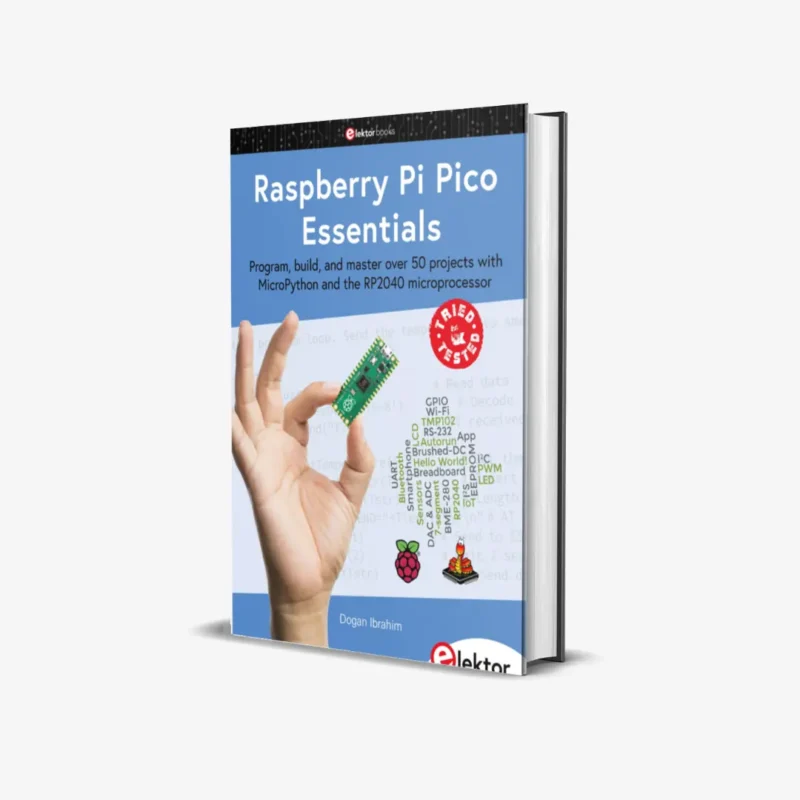
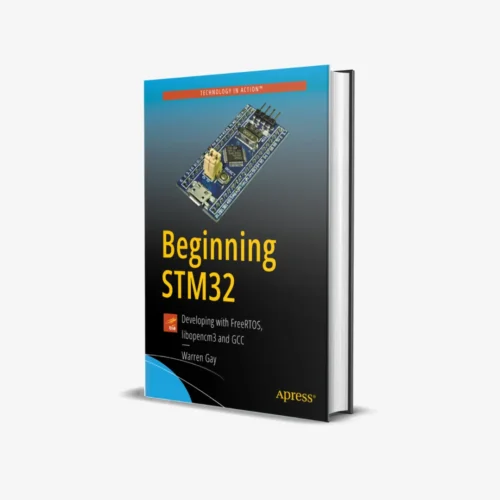
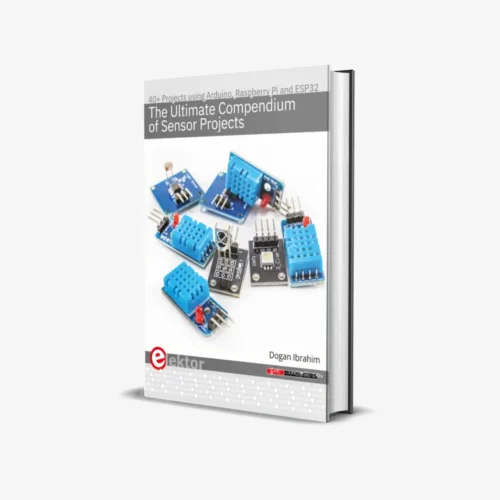
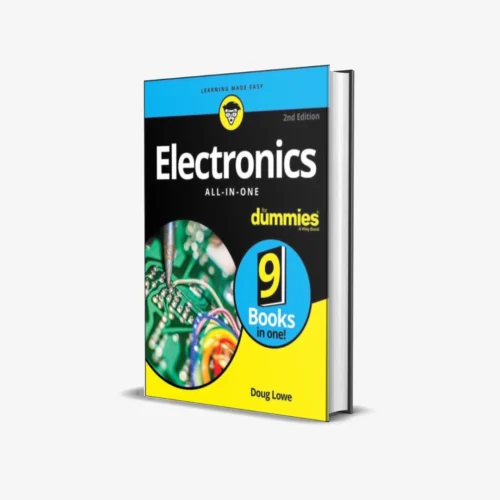
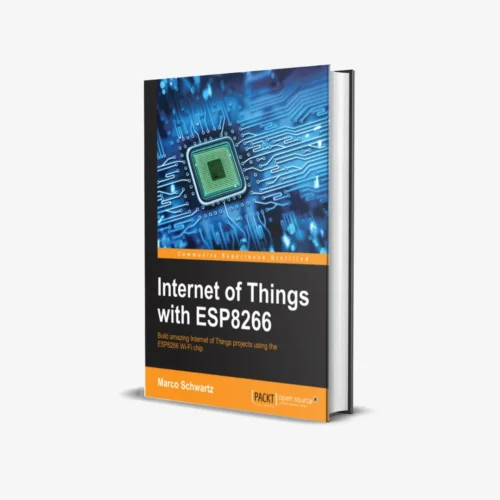
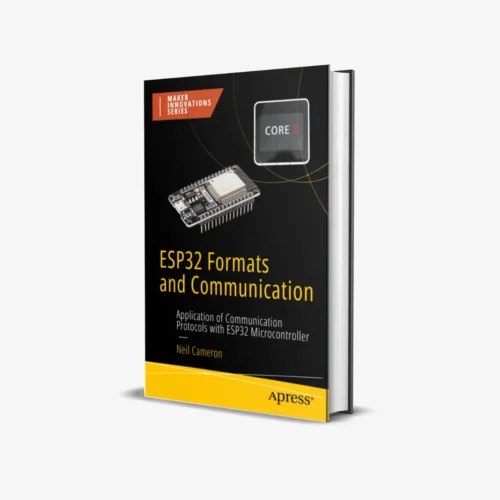
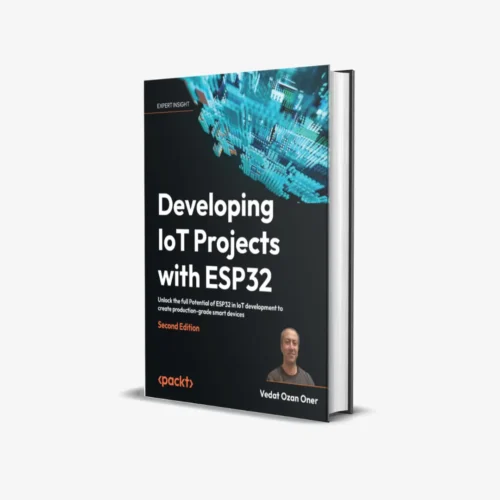


Reviews
There are no reviews yet.